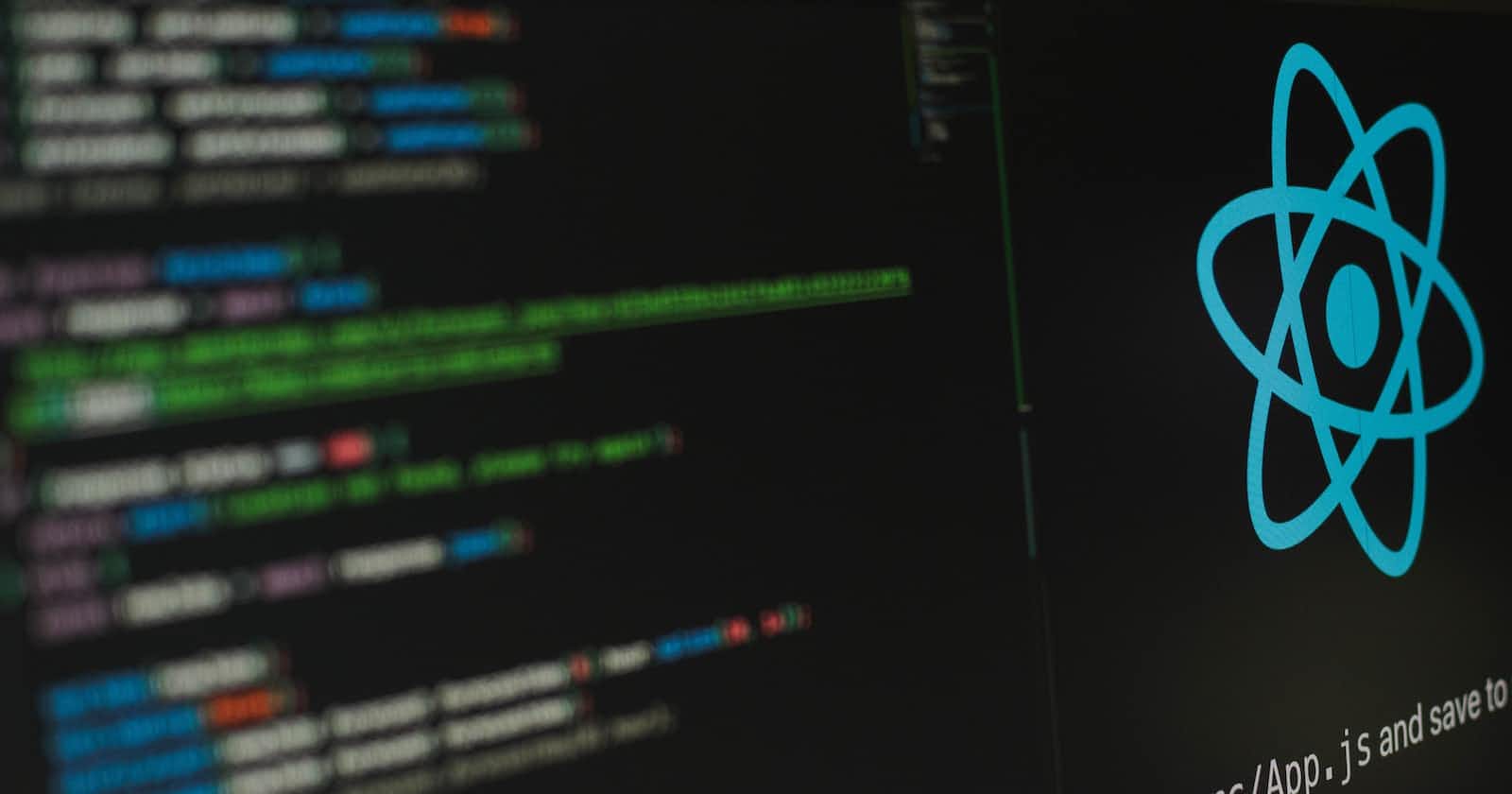ReactJS is one of the most popular and widely-used JavaScript libraries in the world. Developed by Facebook, React has become the go-to tool for building complex and dynamic user interfaces for web and mobile applications. As a result, the demand for skilled React developers has skyrocketed, and many companies are looking for talented professionals who can build high-quality applications using React. In this blog post, we'll discuss some common interview questions on ReactJS that you may encounter during a job interview.
- What is ReactJS, and what are its key features?
This is usually the first question asked during a ReactJS interview. You should be able to explain that React is a JavaScript library used for building user interfaces. You should also mention some of its key features, such as the ability to build reusable components, virtual DOM, and the one-way data flow.
- What is JSX, and why is it important?
JSX is a syntax extension for JavaScript, which allows developers to write HTML-like code within their JavaScript files. This makes it easier to create and manipulate the DOM elements in React. You should be able to explain why JSX is important and how it helps to simplify the development process.
- What is the virtual DOM, and why is it important?
The virtual DOM is a lightweight representation of the actual DOM. React uses it to compare the current state of the application with the previous state and only updates the parts of the DOM that have changed. You should be able to explain why the virtual DOM is important and how it helps to improve the performance of React applications.
- What is a component, and how do you create one?
A component is a reusable piece of code that can be used to build user interfaces. You should be able to explain how to create a component in React and how to use it within other components.
- What is the difference between props and state?
Props are used to pass data from a parent component to a child component, while state is used to manage data within a component. You should be able to explain the difference between props and state and when to use each one.
- What is the lifecycle method in React?
The lifecycle method is a series of methods that are called in a specific order when a component is created, updated, or destroyed. You should be able to explain what each of the lifecycle methods does and when to use them.
- What is Redux, and how does it work with React?
Redux is a state management library for JavaScript applications. It can be used with React to manage the state of an application in a predictable way. You should be able to explain how Redux works with React and why it is useful.
- What is React Router, and why is it important?
React Router is a library used to handle routing in React applications. It allows developers to create different routes for different parts of an application and handle navigation between them. You should be able to explain why React Router is important and how it works.
- What is the difference between controlled and uncontrolled components?
Controlled components are components that are controlled by React through the use of props and state, while uncontrolled components are controlled by the DOM. You should be able to explain the difference between controlled and uncontrolled components and when to use each one.
- How do you optimize the performance of a React application?
There are several ways to optimize the performance of a React application, such as using the virtual DOM, using lazy loading, and minimizing the number of re-renders. You should be able to explain how to optimize the performance of a React application and why it is important.

